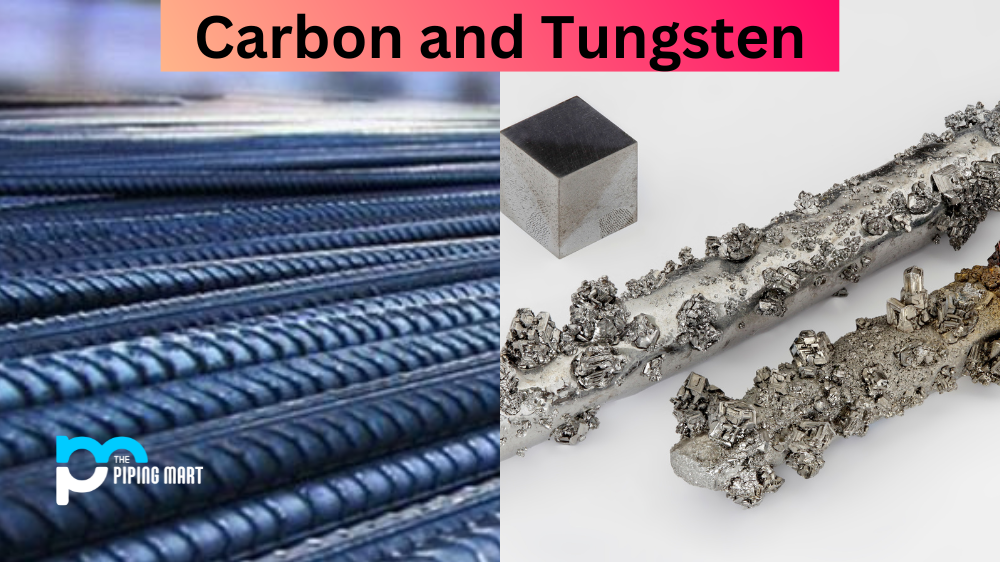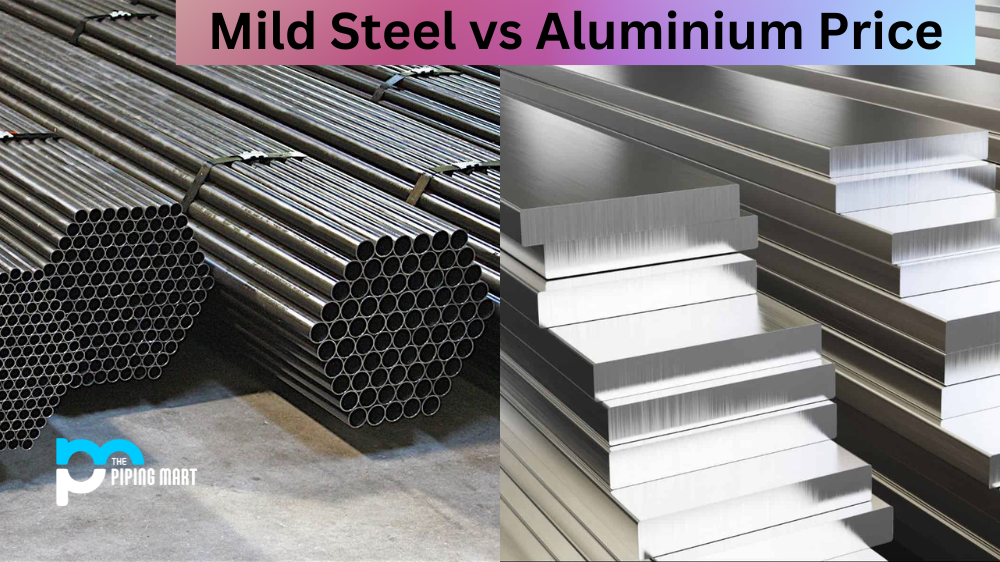When it comes to the highest melting point element, there are two contenders that stand out: carbon and tungsten. But which one has the higher melting point? Let’s dive in to explore each element and determine which one has the higher melting point.
Carbon has a melting point of 3,550 degrees Kelvin (6,322 degrees Fahrenheit). This makes carbon one of the most stable elements on earth; its structure is resistant to high temperatures, so it does not easily melt or vaporize. Carbon is also incredibly strong and can withstand immense pressure when it is in its solid state. Carbon can exist in several forms, including diamond, graphite, and amorphous carbon.
Tungsten is another contender for the highest melting point element title. It has a melting point of 3,422 °C (6,192 °F; 3,695 K), which is significantly higher than carbon’s melting point. Tungsten is known for its extreme hardness; it ranks as one of the strongest metals in existence and can withstand temperatures up to 3,410 degrees Celsius (6170 °F). In addition to its strength, tungsten also exhibits excellent thermal conductivity and electrical resistivity.
Conclusion:
When comparing these two elements side-by-side, it is clear that tungsten has a much higher melting point than carbon; 3422 degrees Kelvin compared to 3,550 degrees Kelvin respectively. Both elements have impressive properties, but overall, tungsten wins out when it comes to having the highest melting point element title. For anyone looking for an incredibly strong material with excellent thermal conductivity and electrical resistivity as well as superior temperature resistance should look no further than tungsten!

Pipingmart is a B2B portal that specializes in metal, industrial and piping items. Additionally, we share the latest information and information about materials, products and various types of grades to assist businesses that are involved in this business.




